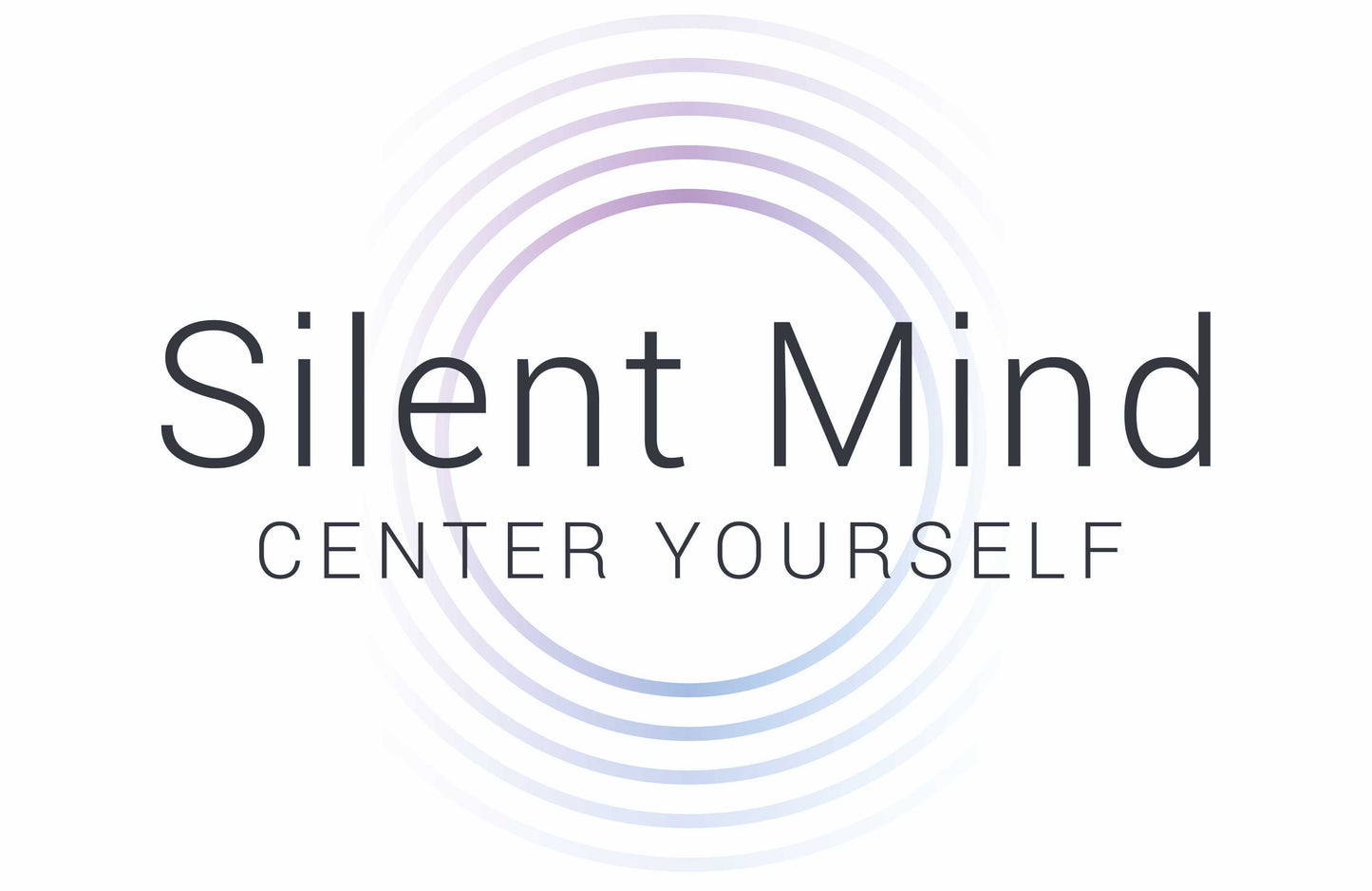
Being grounded. In this context, it’s not a punishment handed down by parents, nor is it someone who is unshakably reasonable and realistic.
What does grounded mean to you? At Silent Mind, it’s a practice, much like detachment, compassion, and acceptance, all disciplines we explore on our mindfulness journey.
Let’s take a closer look at getting grounded.
What is grounding?
If you meditate, you already practice grounding. When you notice that your attention has wandered from the present moment and bring it back to the now, you are grounding.
You see now how simple it really is. To ground means to come back. Your mind begins to drift - or maybe even spin wildly - away from this moment in time. Grounding is your conscious choice to come back and focus on the present.
Why is it good to be grounded?
Every small component of a mindfulness practice comes together to bring the major benefits we discuss all of the time - improved focus, less stress, calmer. But there are a few specific benefits of consciously grounding yourself.
Emotional Processing
When we divert the mind back to the present, we are not avoiding distressing situations or emotions. Avoiding uncomfortable thoughts or feelings prolongs them; avoidance may even make them take root and grow larger.
Grounding helps us confront things promptly and rationally so we can move on to acceptance.
Decision-Making
Letting the mind spin through possibilities and drawn-out hypothetical scenarios makes decisions tough. One of the most immediately-felt benefits of groundedness is heightened rationale.
Think about it this way: is it easy to make a decision when you’re having a long daydream about every possibility that could arise from said decision? This almost always leads to a long list of pros and cons based on events that haven’t even occurred. Grounded people have a better grasp of what they want (and are perhaps more in touch with their intuition).
Body Awareness
When your yoga instructor mentions grounding, they’re most likely trying to keep your practice safe. Imagine you’re in class, thinking about dinner, the person next to you, how you look in this posture, anything else. This can make some asanas quite dangerous, as pushing yourself too far easily leads to injuries.
It applies to every type of physical activity. Ground yourself in the present and pay attention to your body, and you will always know your limits.
Easy Grounding Techniques
If the concept of grounding makes sense to you, but practicing it seems a little vague, try some physical grounding techniques to marry the message in mind and body. Here are some simple exercises to get you on the path to a clearer, more certain present moment.
Singing Bowls
As meditation tools, singing bowls have a physically grounding presence perfect for experience-based learners who don’t want to rely solely on ideas and mental tactics. Playing the singing bowl keeps your focus on the present while the vibration works on your nervous system.
Rooting
For some, “grounding” literally means making contact with the earth. Firmly planting your feet on solid earth is definitely one way to meet yourself exactly where you are. Some even say that the electrical charge from the natural earth brings physical benefits.
In a regular yoga practice, you don’t even need to be standing outside or meeting the actual ground. Just locate the points of contact (feet, hands, sitting bones) and exert enough pressure to make you feel really rooted into the floor as if you are pushing it away while it pushes back.
Grounding is an expansive topic that’s worth more discussion, but for now, we welcome your feedback. What does grounding mean to you? How do you do it? Share in the comment section.
Need help on your next singing bowl purchase.
Take our Interactive Singing Bowl Selector and find the PERFECT bowl for you!

